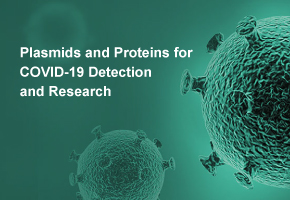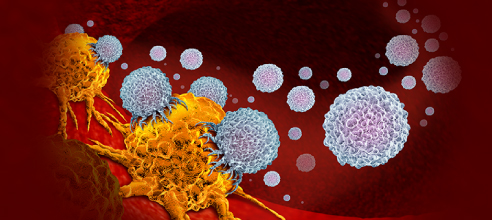Insect Cell Culture Media: A Comprehensive Overview
Insect cell culture has emerged as a cornerstone of biotechnology, especially in the production of recombinant proteins, vaccines, and gene therapy products. The use of insect cells, predominantly derived from the Spodoptera frugiperda (Fall armyworm) or Bombyx mori (silkworm), offers several advantages, including post-translational modifications that are often similar to those in mammalian systems. To harness the full potential of these cell lines, the choice of culture media is crucial.
Composition of Insect Cell Culture Media
Insect cell culture media are specifically formulated to meet the unique nutritional requirements of insect cells. These media typically contain a balanced mixture of amino acids, vitamins, minerals, and a carbon source, often glucose or lactose. One notable component is the selection of salts, which maintain osmotic balance and provide essential ions for cellular processes. Some media may also include supplements such as yeast extract or peptone, which supply growth factors and additional nutrients that enhance cell proliferation.
Types of Insect Cell Culture Media
There are several commercially available media tailored for insect cell cultures. Some widely used formulations include:
Grace’s Insect Medium: This is a nutrient-rich medium that supports the growth of various insect cell lines. Its balanced composition allows it to be a versatile choice for many applications.
Insect Xpress: Designed for high-density insect cell cultures, this medium provides optimal growth conditions and is particularly effective for producing recombinant proteins.
Bac-to-Bac® Expression System Media: This medium is tailored for use with the Baculovirus expression system and supports high yields of protein production.
Choosing the right medium can significantly impact cell growth and the expression of the target protein. Researchers often perform comparative studies to identify the best media for their specific applications.
Importance of pH and Osmolality
The physical and chemical properties of the culture environment, particularly pH and osmolality, play crucial roles in cell growth and protein expression. Insect cell culture media typically have a pH range between 6.0 to 7.0. Regular monitoring and adjustment are necessary to maintain the conditions conducive for optimal growth. Additionally, controlling osmolality is vital, as it affects cell morphology and viability.
Impact of Temperature and Aeration
Insect cells thrive in a temperature range between 25°C and 28°C. Maintaining a consistent temperature is essential for metabolic activity and growth. Moreover, oxygen exchange is critical in insect cell cultures, especially in large-scale bioreactors. Adequate aeration must be provided to prevent hypoxia, which can lead to cell stress and reduced protein yield.
Applications of Insect Cell Culture
The versatility of insect cell culture media expands beyond simple cell growth and encompasses a multitude of applications. One prominent use is in the production of recombinant proteins, often utilizing the Baculovirus expression vector system (BEVS). This system allows for higher protein yields with intricate post-translational modifications, making it suitable for producing complex proteins, including enzymes, antibodies, and vaccines.
Moreover, the insect cell culture system plays a vital role in gene therapy research, where its ability to express therapeutic proteins can be harnessed for potential treatments of various diseases.
Conclusion
Insect cell culture media are an essential component in the field of biomanufacturing and research. Understanding their composition, optimal growth conditions, and applications can lead to significant advancements in biotechnology, particularly in the development of biopharmaceuticals. As research continues to evolve, the refinement of media formulations and growth protocols will further enhance the effectiveness of insect cell cultures in producing valuable biomolecules.
- Like
- Reply
-
Share
Reply
About Us · User Accounts and Benefits · Privacy Policy · Management Center · FAQs
© 2025 MolecularCloud



